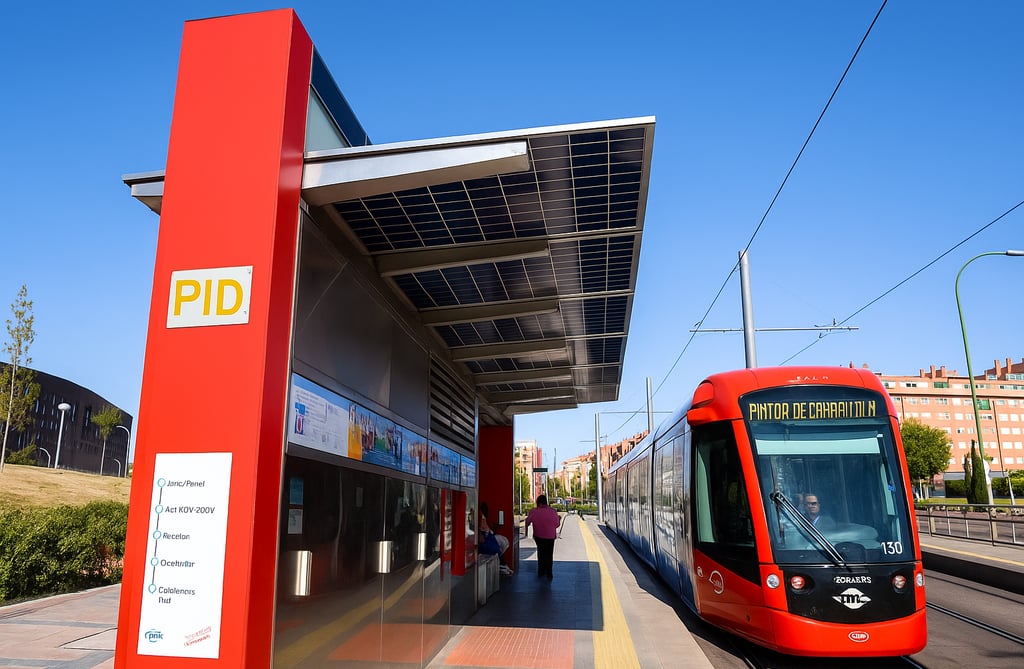Green Energy Solar make Powered Passenger Information Displays for Green Public Transport
Discover how to power bus stop PIDs with solar panels and LiFePO₄ batteries. Save energy using single-color LED displays and enable remote control via 4G.
Daniel
6/29/20251 min read


Green Energy Solutions for Bus Stop Passenger Information Displays
As urban transit systems continue to expand, cities are seeking sustainable ways to reduce energy consumption while maintaining real-time passenger information services. One effective approach is to deploy green energy-powered PIDs (Passenger Information Displays) at bus stops. This article outlines how to design and implement such a system using solar panels, Lithium Iron Phosphate (LiFePO₄) batteries, and low-power LED technologies.
☀️ Solar Power from Bus Shelter Roofs
Most modern bus stops feature a shelter with a canopy that provides ample surface area and exposure to sunlight. By installing solar panels on the rooftop of the shelter, we can efficiently harvest solar energy during the day. The panels are connected to a charge controller that regulates the voltage and current to safely charge a battery bank.
🔋 LiFePO₄ Battery for Energy Storage
To store the energy generated by solar panels, the system uses LiFePO₄ batteries, known for their high cycle life, thermal stability, and deep discharge capability. These batteries provide reliable energy to the PID system even at night or during cloudy weather.
💡 Low-Power LED Display Design
To minimize power usage, the PID screen is designed using high-brightness, single-color LEDs (amber or white). Compared to full-color displays, these LEDs significantly reduce power consumption while maintaining excellent visibility in outdoor environments.
🧠 Smart Power Management & Remote Control
A smart controller manages dual power input (solar + AC 110–230V), battery charge/discharge, and output to the PID. The controller also connects to a 4G router, enabling remote monitoring and management from a central system via the mobile network.
✅ Benefits
Off-grid operation using renewable energy
Lower carbon footprint and energy bills
Improved sustainability and deployment flexibility
Reliable information delivery even in power outages
🚏 Conclusion
Implementing solar-powered, low-consumption PIDs at bus stops is a cost-effective and eco-friendly solution for modern cities. With solar panels, LiFePO₄ batteries, and energy-efficient LED displays, public transportation can operate smarter, greener, and more independently than ever.


Contact
If you have any comments, questions, suggestions or complaints about traffic managing solution, please send us an e-mail at the following address:
© 2025 smarttraffix. All rights reserved. Please contact us for permission before reusing or redistributing any content.
